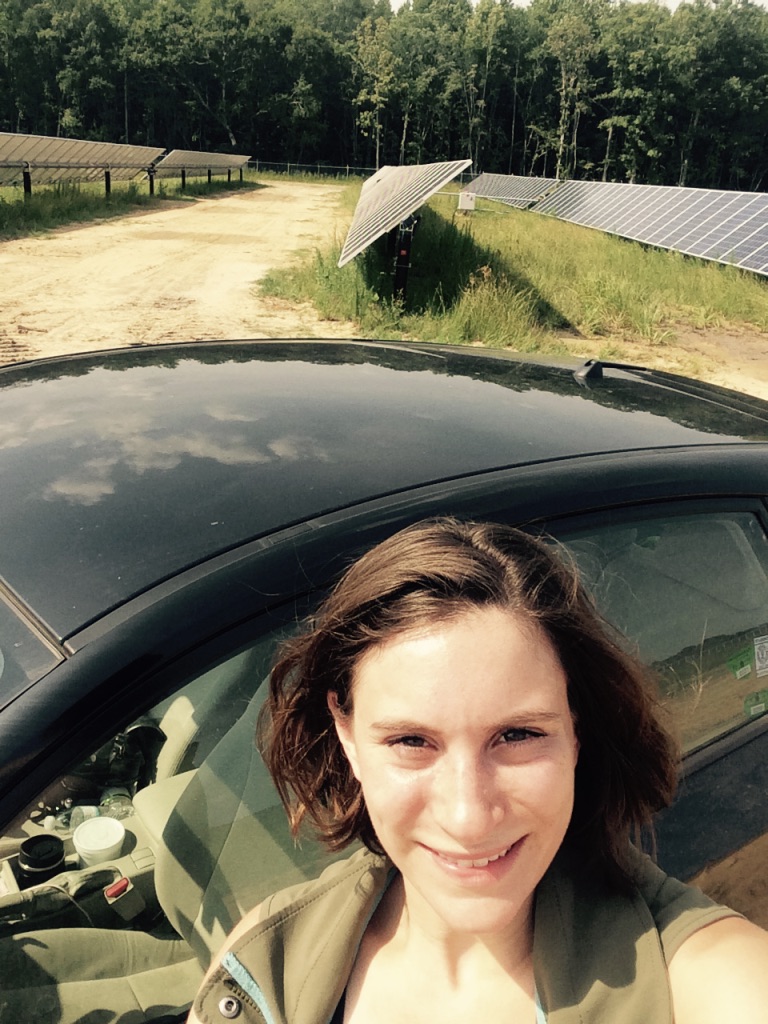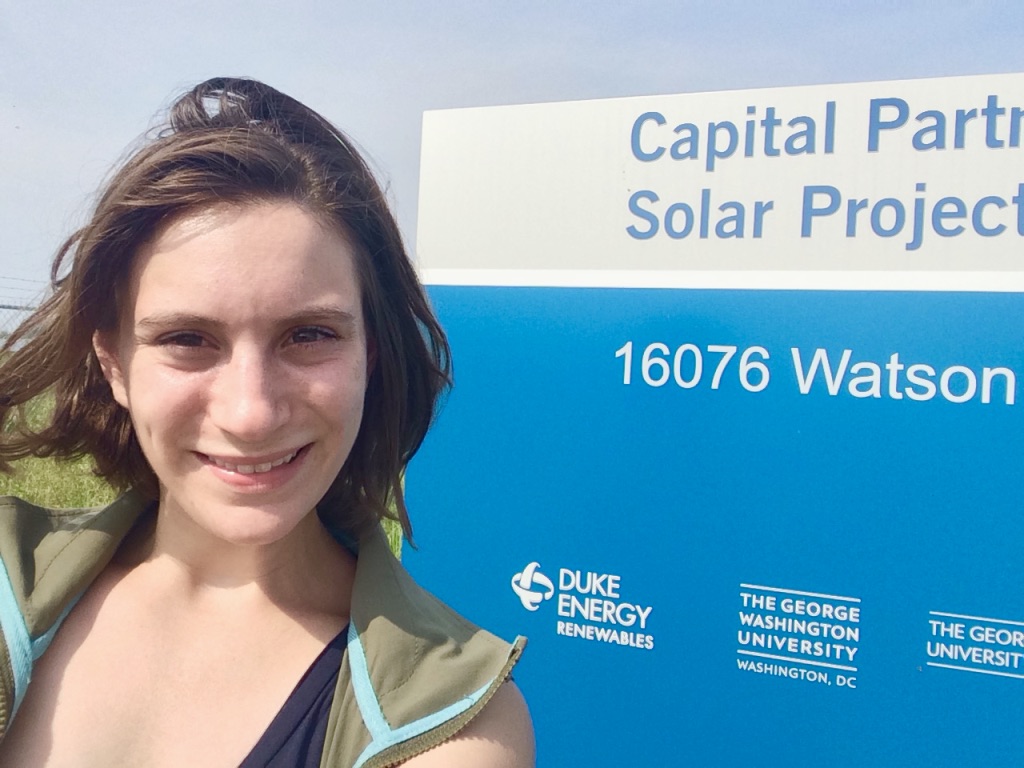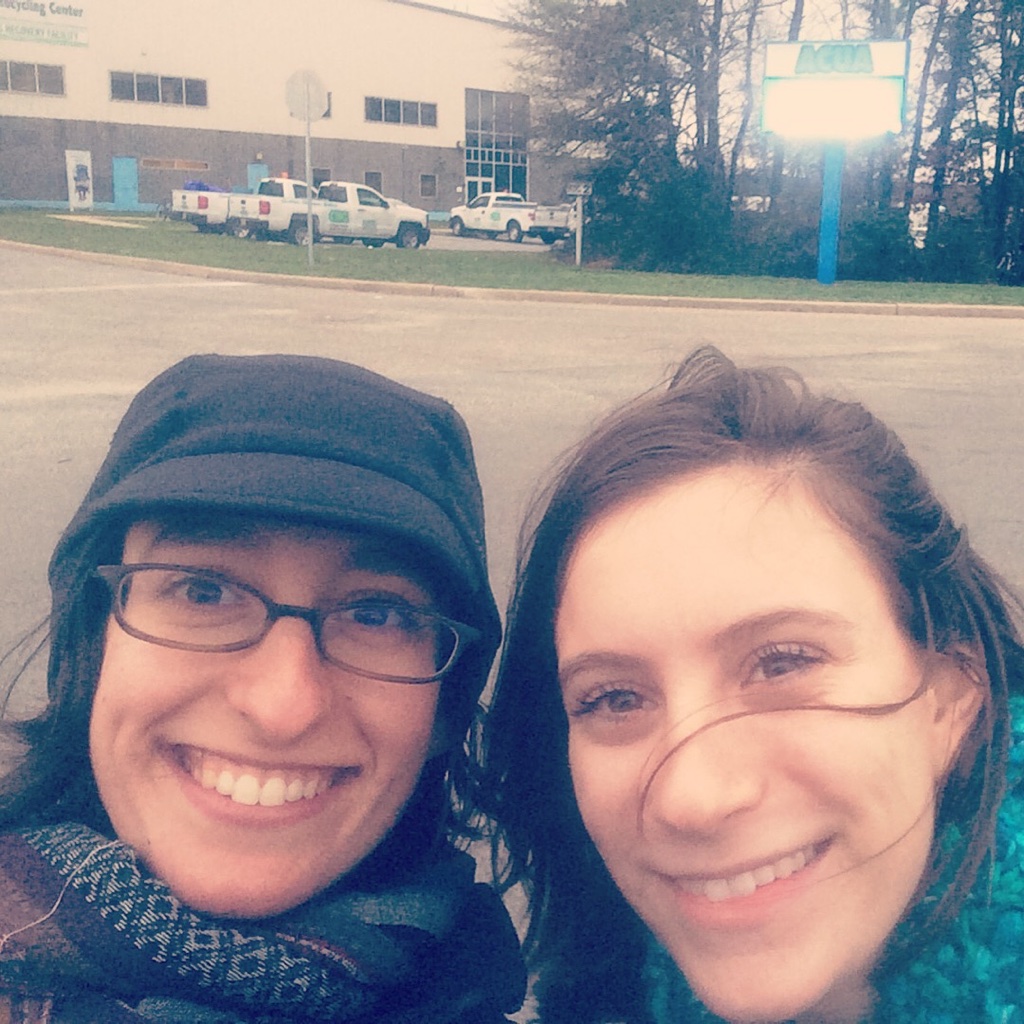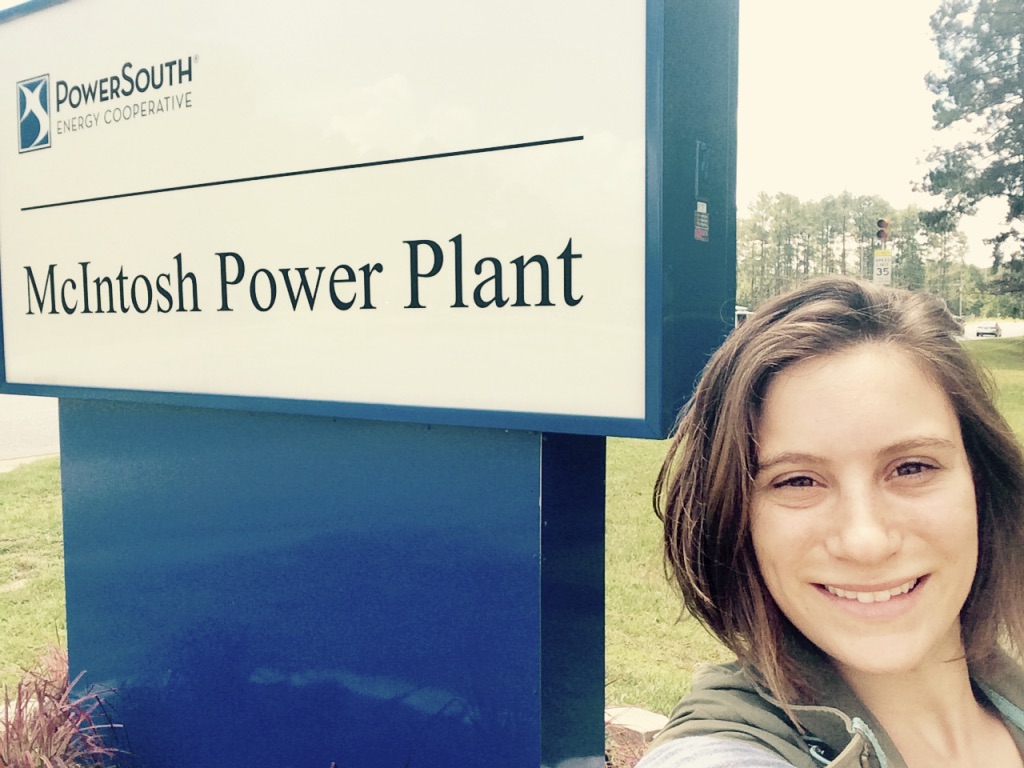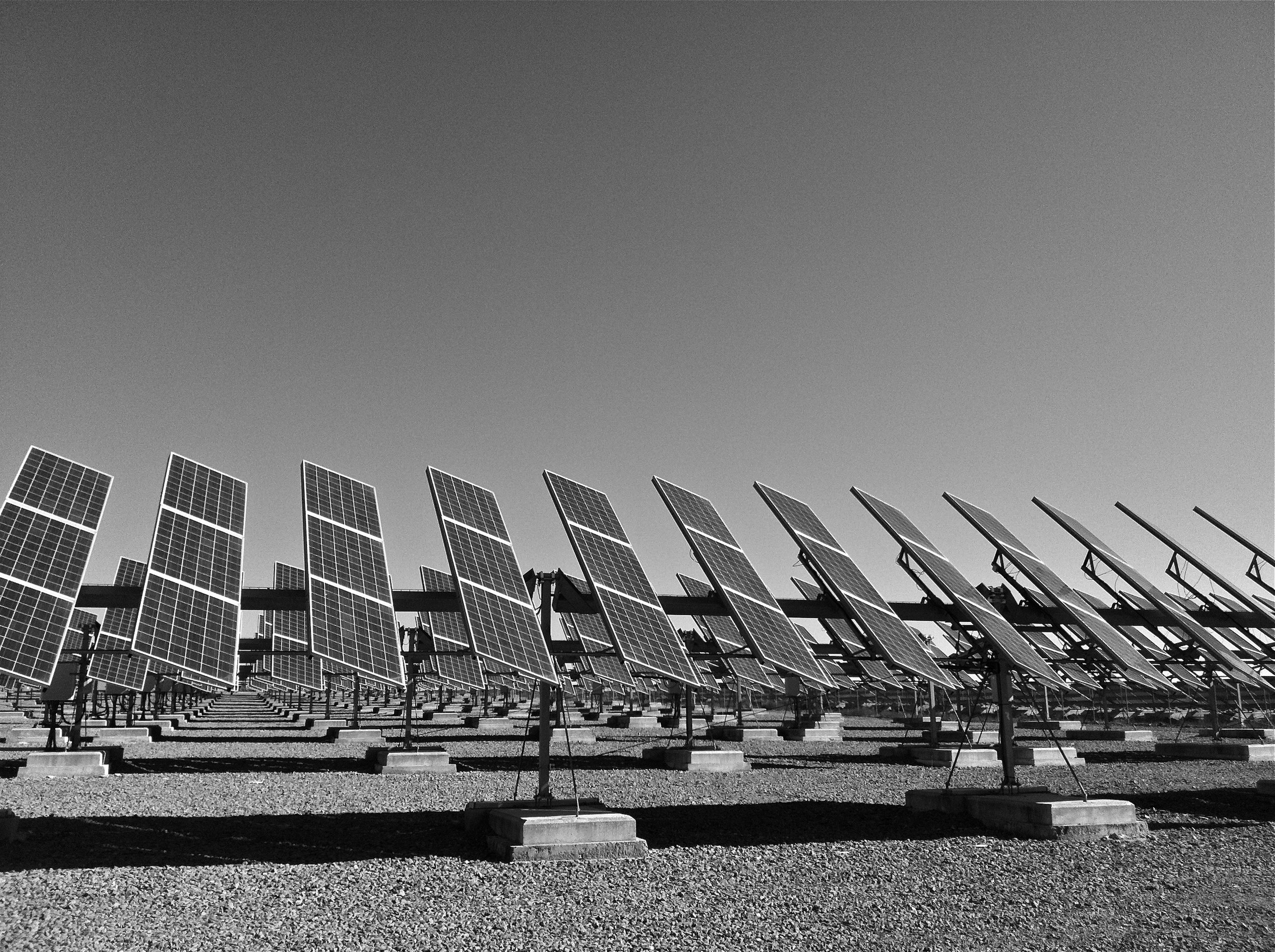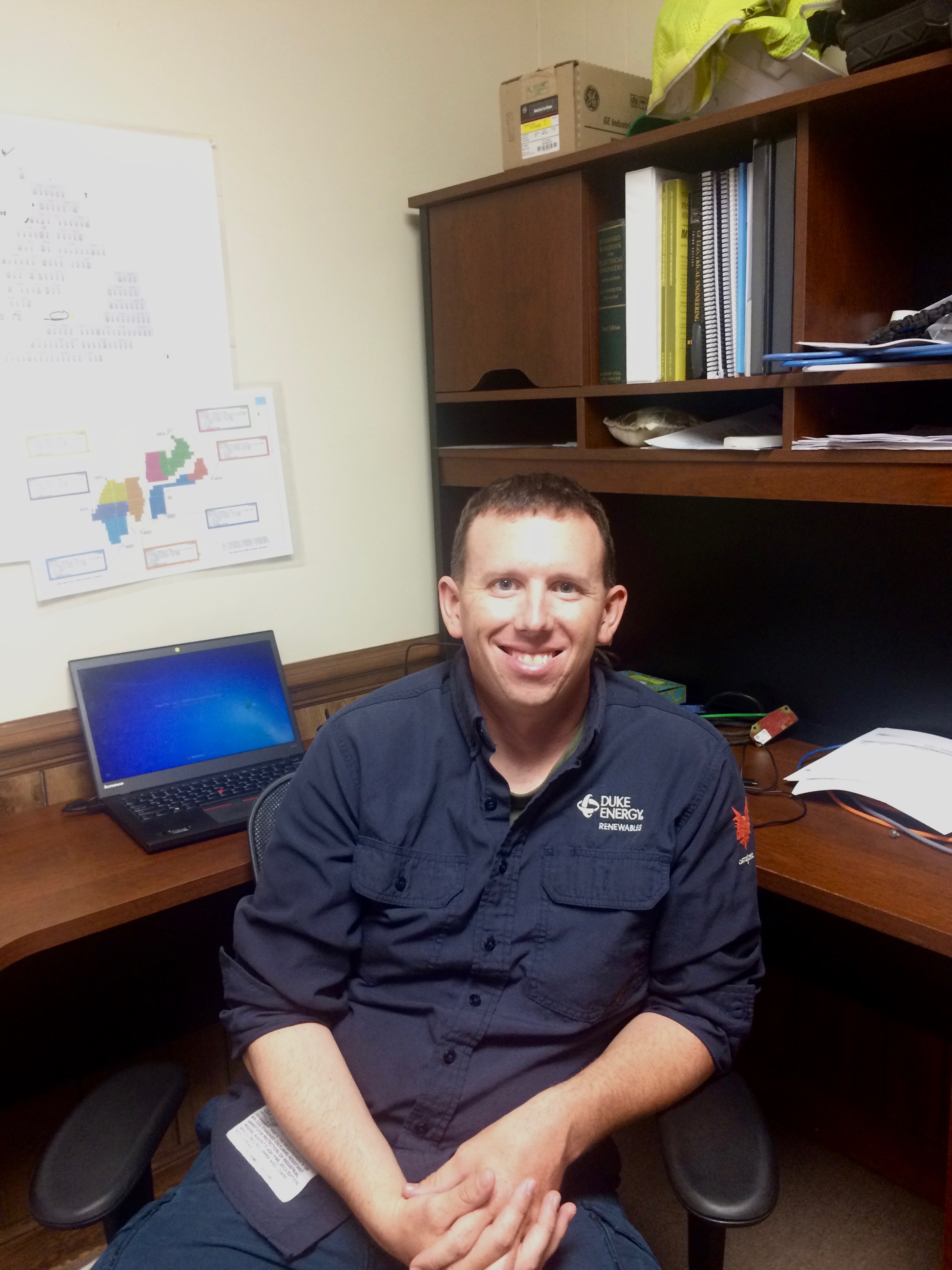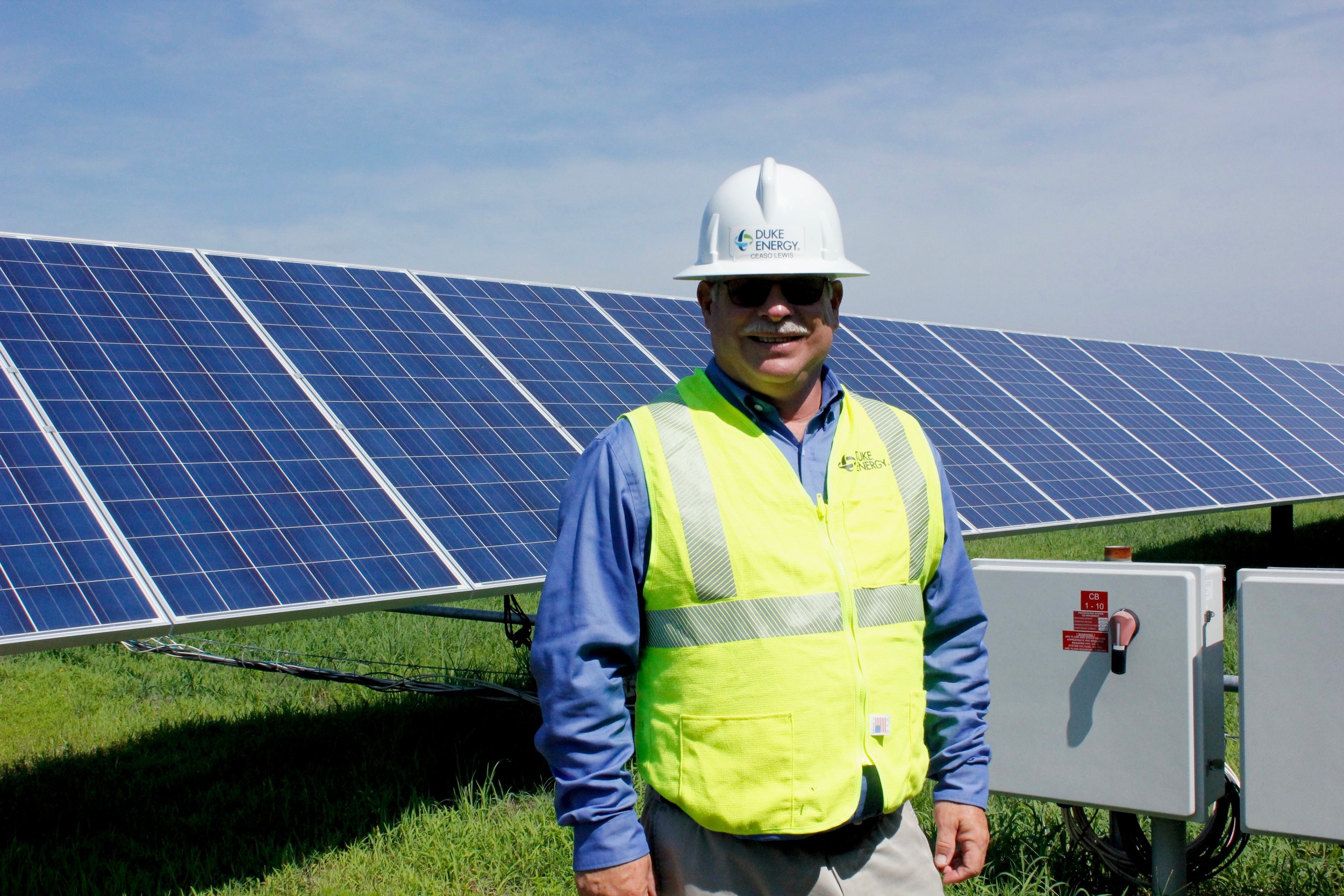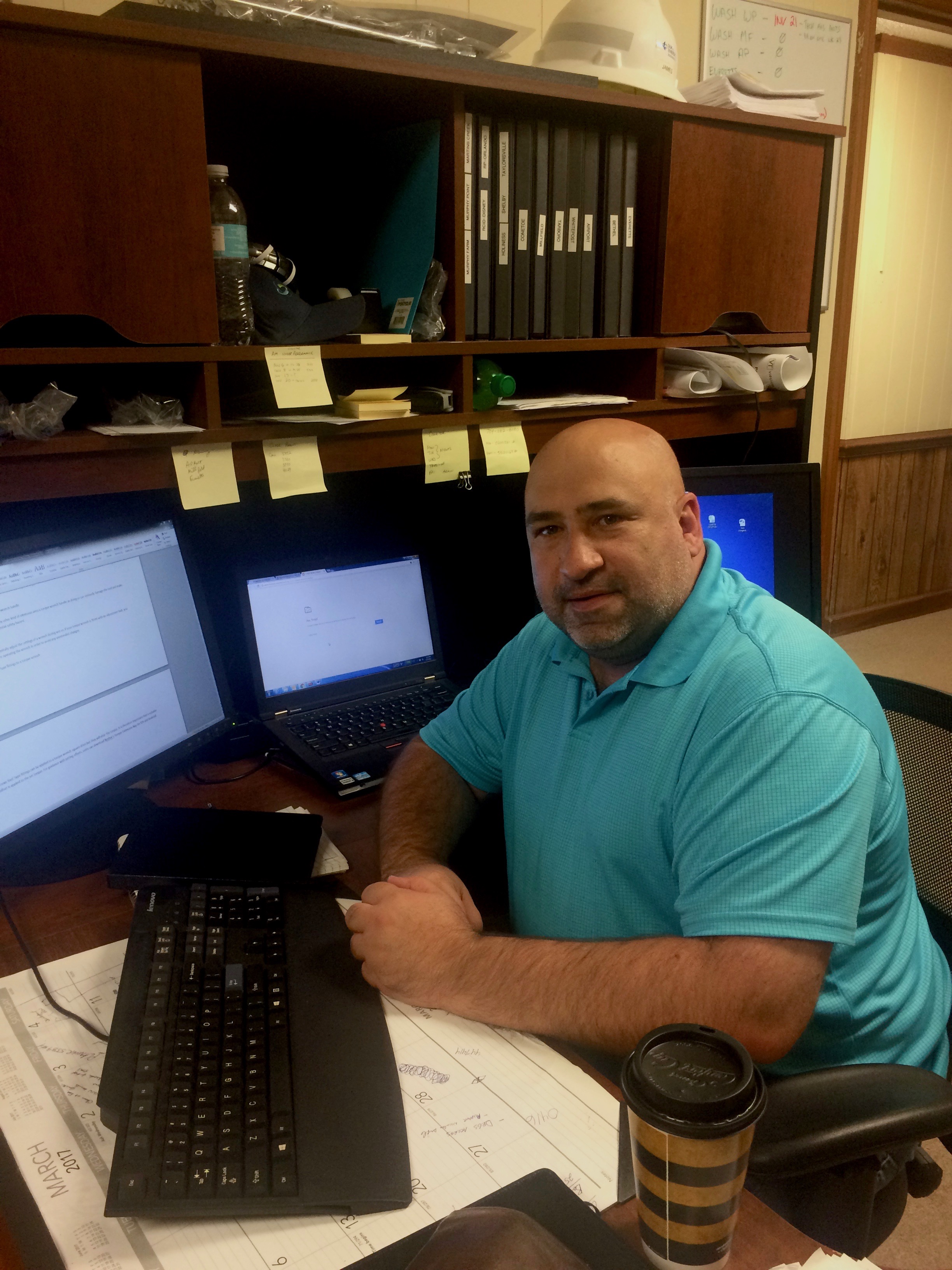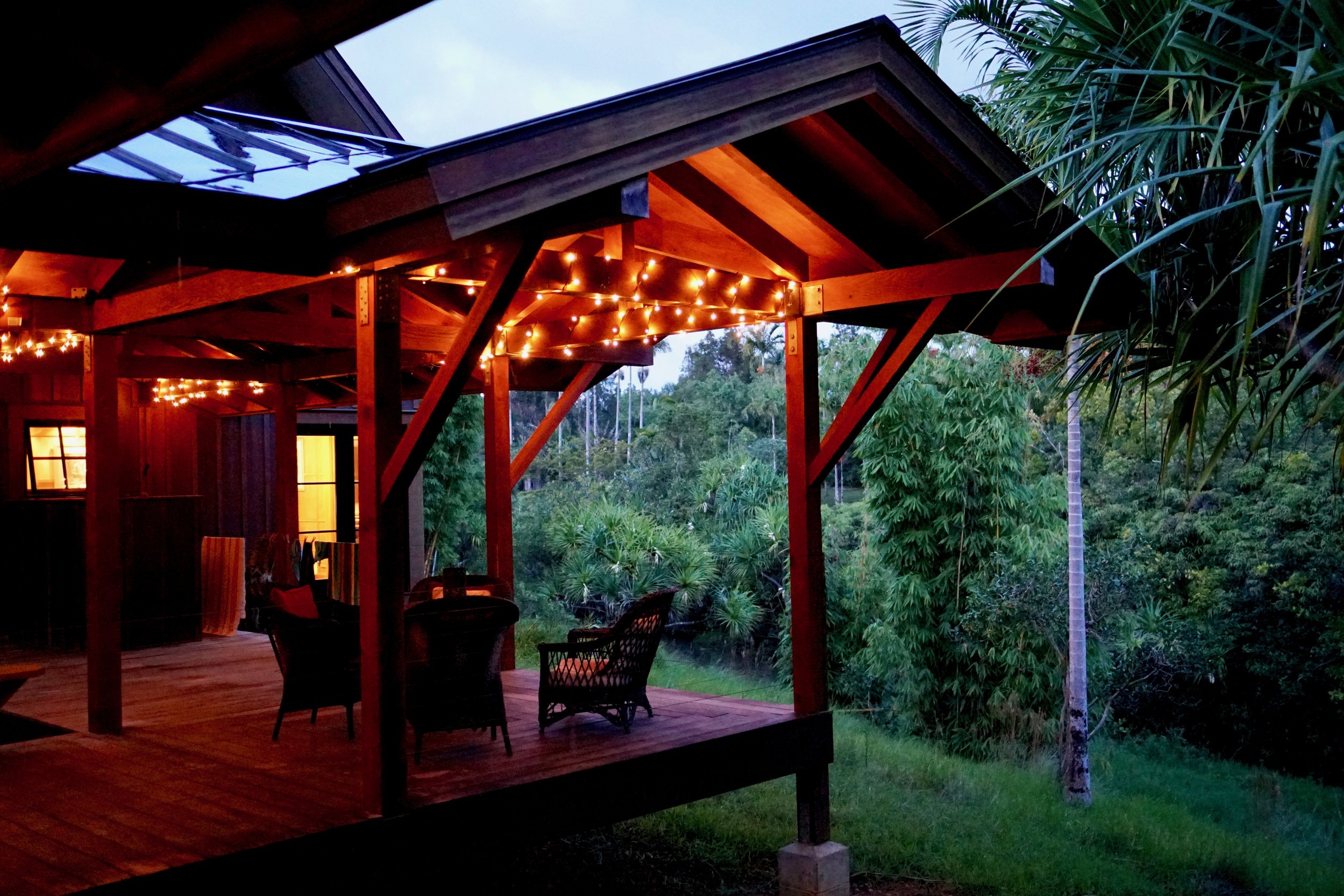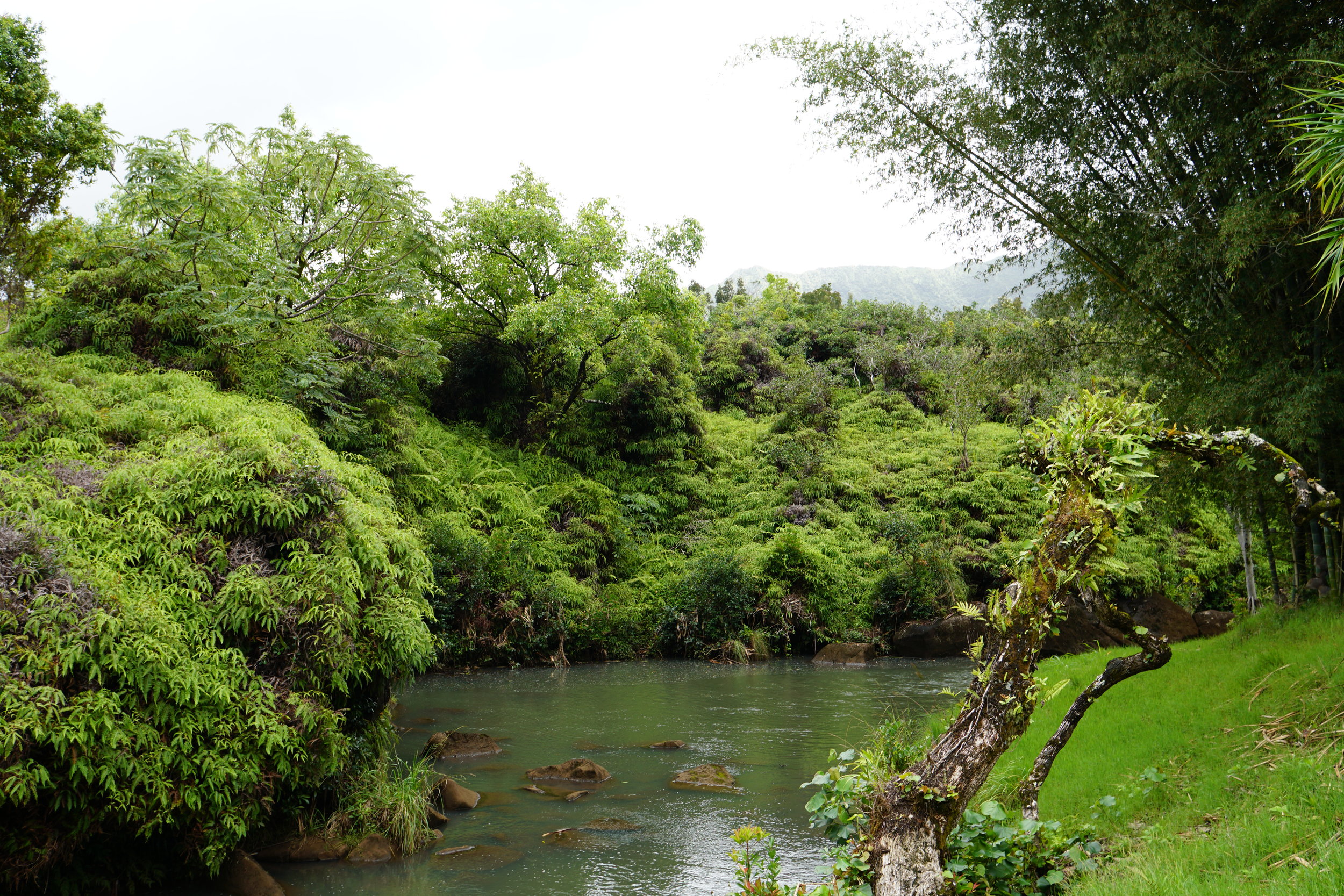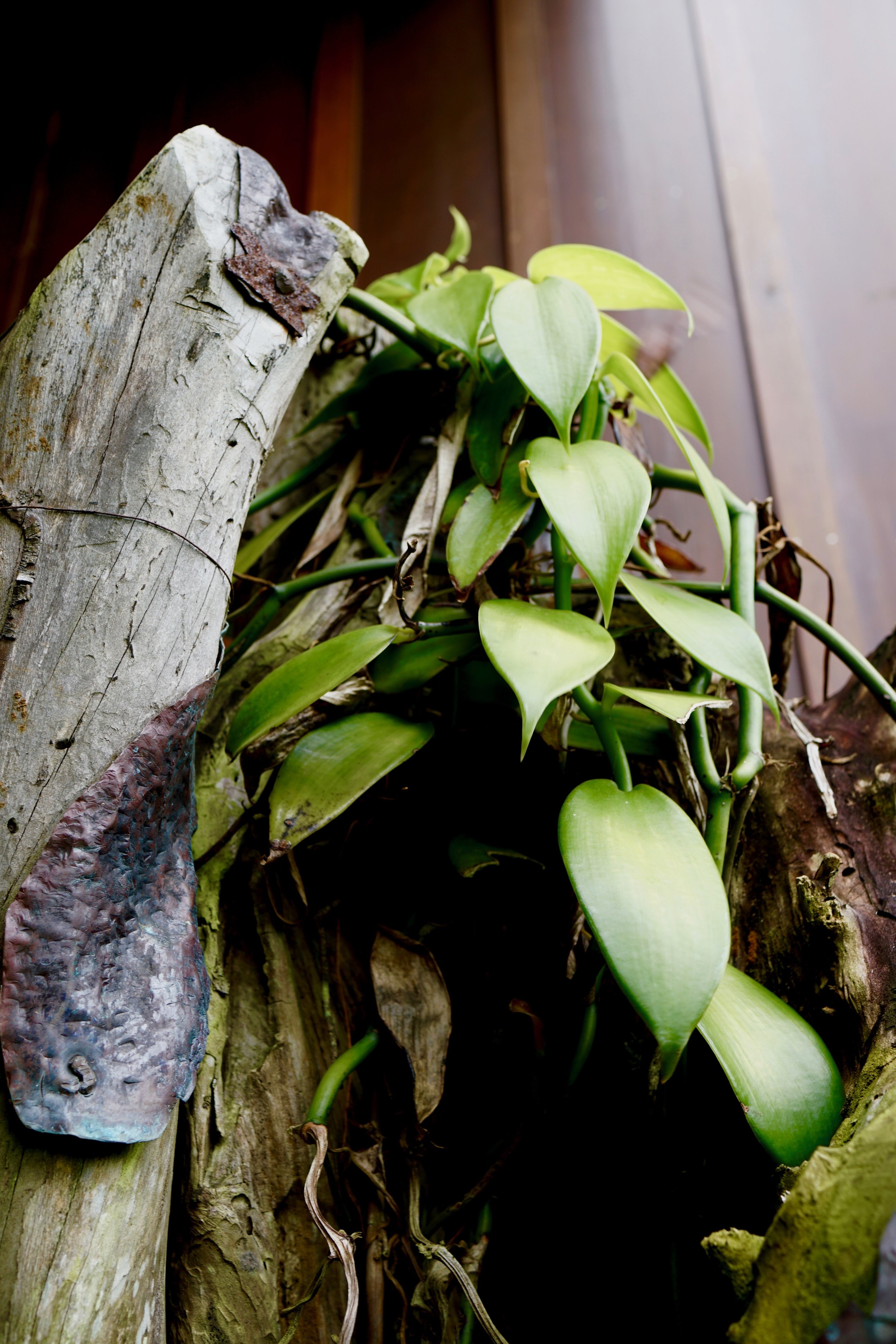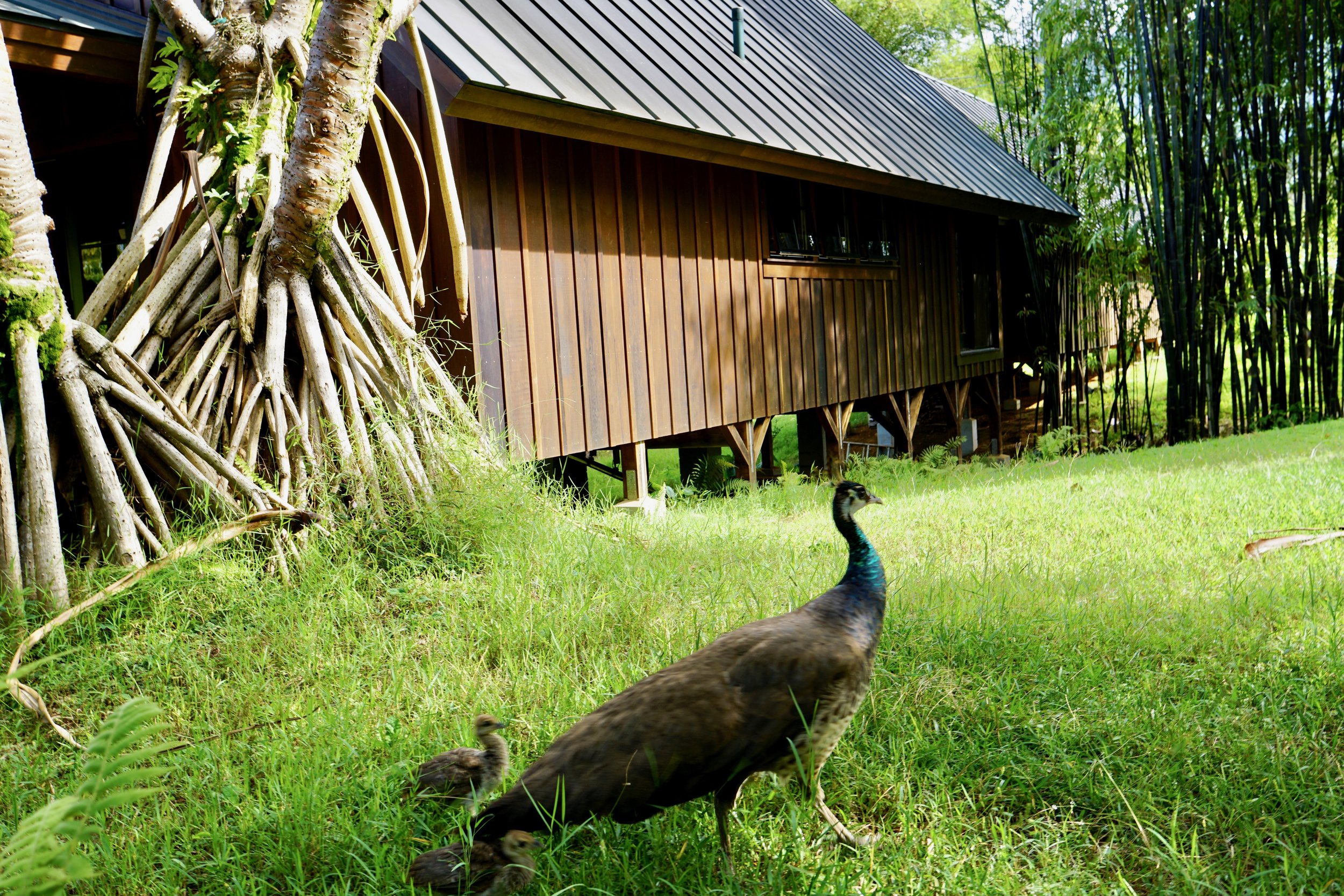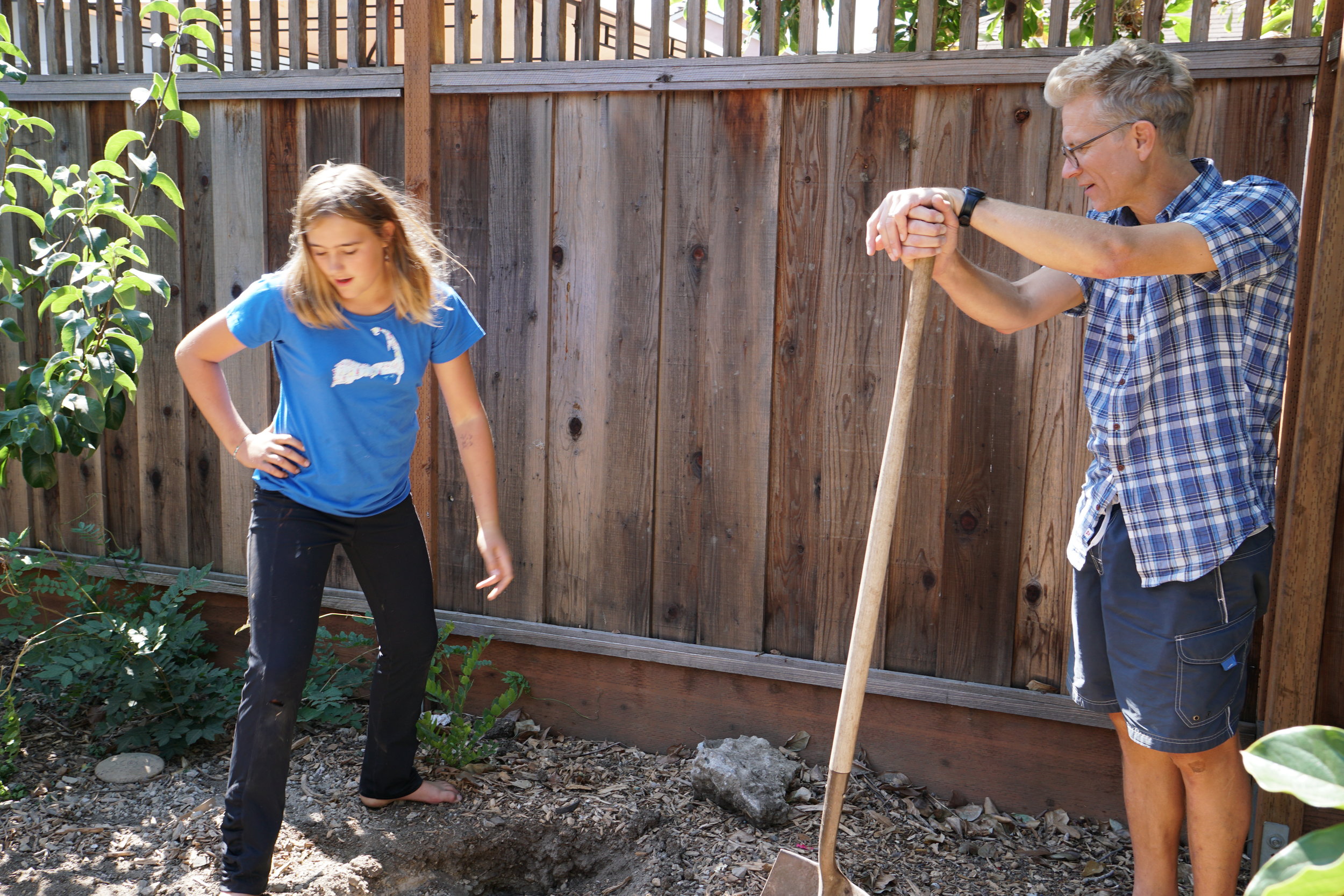I arrived at a bar in Palm Beach County, Florida to reconnect with old family friends. The first thing they spoke of was Irma. As they put it, it was the most traumatic experience of their adult lives. The storm forced them out of town, like most of the state of Florida. Hurricane Irma swept through the Caribbean Islands, and made land fall in Florida in late summer 2017 as a category 4 hurricane. It was noted as the strongest hurricane in the Atlantic basin outside of the Gulf of Mexico and Caribbean Sea, and one of the costliest storms recorded. The people who made it out of the town among the masses were a certain type of athlete and survivor.
Kelsey and Emily Stamile have been in South Florida since 2011, and had never experienced an evacuation. That was until Irma. Sisters and co-founders of a pool party and water safety training business, Sunfun Activities, the two are usually more than prepared for emergencies.
It was two days before the storm and there was a knock at their door. A Broward County sheriff informed them that if they stayed and called for help, first responders would not be dispatched to their area.
“Oh shit-this was serious,” they thought.
They were told to take their cherished personal belongings, as it was very likely the apartment would be flooded upon return. They immediately bought a storage unit and effectively moved themselves out of their apartment.
They called all of their people- family and friends in Georgia, New Jersey, and other parts of Florida. Ultimately, it was their animals that got them in trouble.
Nearly every person they called had reached their limit on animals. “It would already be Noah’s ark in most homes” Kelsey recalled.
Flights were hard to come by, expensive, and wouldn’t allow them to save their cars or stay local enough to quickly start the recovery process afterward. Friends in driving distance could make room for them, but the 3 animals, 2 cats and a dog between the two of them, were another story. After calling 10 friends, they were desperate. One last call to a family friend in Pensacola granted them hope and a plan- they would drive west.
On the Road Westward
They would drive west..but everyone else would too. There is only one way out of Florida- north, and many headed west too. What would normally be a nine-hour drive took 22 hours. They spent nearly an entire day sitting in their cars, inching out of town.
It took a certain athleticism to survive the journey out of town. This is their story-
What was it like for you? What did you see on the road?
ES: Molly It was like an apocalypse. Truly. We stopped at 3 gas stations and none of them had gas or coffee. None. No gas, no coffee, no fuel of any sort. There were fist fights breaking out.
KS: It was the wild west. The turnpike was effectively a place for stopped cars and it was clear that anything goes. People were desperate.
What was the most notable thing you saw?
ES: A guy got out of his car, walked to the middle of the highway and started screaming and punching the air in full force. There was also a father and son throwing a football back and forth across the highway over cars.
KS: I’ll also remember the people just hanging out at a campfire they had built on the side of the highway.
You looked ahead and all you saw were parked cars on the highway. What was your coping mechanism?
KS: The police were all around, walking to the cars mostly just to keep people calm. They said “see those helicopters circling above, they are trying to find a solution.”
ES: When we spoke to our parents and they suggested we pull over and sleep to recharge and step back from the mental ledge, we couldn’t even find a spot to pull over. We parked on a narrow shoulder, and were immediately overcome with a feeling of insecurity. There were no resources, no mobility and we knew we were particularly vulnerable as young women alone in our cars. The cats hid in their litter boxes in the cars. At that point, I thought- “this is how things happen to women.”
KS: We started pouring bottles of water on ourselves.
ES: I got out of the car, slapped myself, poured a couple bottles of water on my head to stay awake, and continued on. It was the longest I had ever “driven,” if you could call it that, certainly sat in a car. There was a deep sense of despair and hopelessness. We couldn’t go back, couldn’t go forward.
How long was it like that? Did it ever open up?
ES: It never opened up. It was bumper to bumper the entire drive. When we finally made it to our friend’s house, they made a fuss about how many animals we had, and then they handed us a couple beers.
What was it like coming back? What was the damage in the end?
ES: It took the 9 hours it was supposed to take on the way home. After all, the hurricane veered left, and continued further in the direction we had fled toward, and missed our apartment. A telephone pole fell on our apartment building though, causing the active lines to drop to the ground. Even after they restored power to the building, and had given us the clear to come back, there was a live wire and a bunch of caution tape all around it. I held my breath walking into and out of the apartment.
KS: We came back to an empty, completely muggy, unbreathable apartment. We wanted to collapse but it was not livable and there was nothing in it. We turned on the AC and came back a couple hours later. We eventually moved our things back from the storage unit to the apartment. Eventually the animals recovered too. My poor cat got pink eye. The doctor asked – “has there been any different conditions or environments that your cat experienced?” I responded, “ 22 hours in the same litter box..” That’ll do it.
Can you describe to me the damage you saw throughout the state on the way home?
ES: We drove back a week after the storm had hit. Prior to that streets weren’t cleared, and even if you could get out and drive, there was a curfew in our area and everyone had to be in by 9 p.m. At that point, a week after the storm, there was large debris and sand everywhere. Boats displaced, either actively sinking or now on land, or on top of another boat. We saw a lot of missing signage. Dunkin donuts just had the frame of the sign left. Gas station emblems bent over and swinging. There was brush everywhere. It was like the state of Florida got a haircut.
What was the takeaway from the event for you guys? Did it reinforce anything for you or teach you something new?
KS: Because we are self-employed, and have business that depends on the weather, we weren’t in a rush to get back. We didn’t have to be at work, or at home. We were able to come back after others and move our things back in. But we were not prepared at all with an evacuation plan or financially prepared for this event.
ES: We were not prepared for o a catastrophic event to take place; making sure that they you have some kind of evacuation plan, esp. if you have children or animals. Renters insurance. There has been a named hurricane every year yet we never put in place an evacuation plan. I came away with a sense of awe. I’m just a species on a planet. I have a car and know CPR, but we are no match for this. When rain or wind starts, you basically have to lay down on the ground and hope the wind doesn’t pick you up. If mother nature comes through you’re at her disposal.
KS:. I didn’t realize how much money it would involve to protect myself, my animals, and my home. People were selling sand bags, batteries and flashlights on the street, but you needed cash. We needed to have had $500-600 cash on us. You need to have cash in your house at your disposal if the banking system goes down or you physically can’t get to a bank. And of course, there are the items you keep away until you need them, but then really need them- batteries, flashlights, water etc. being able to access them is important. Also, during that time you lose work. When a State of Emergency is declared you’re not getting paid.
ES: Something for our generation to think about is environmental displacement.
Even with snow storms, mudslides, wildfires. Every region of the nation faces aggressive natural occurrences. You have to be prepared to take care of yourself. Do you restart you children in a new school when a mudslide comes through your area? Do you leave your cat behind?
KS: One sign of hope that I felt during the process though was that neighbors were helpful and community formed. When you all realize you’re facing something larger than yourself you come together. Neighbors had pits of sand for making sand bags, extra supplies, provided help packing cars and communicating messages of missing persons or storm updates.
Will you stay in Florida and bear another storm?
ES: Yes, especially with our water safety business, Florida is the place to be. There is a lot of access to water. I would say Florida is prepared for wind but not flooding. I wouldn’t stay in Florida if and when it starts sinking under water.
KS: Many people said they felt safe in their homes during the storm (if they weren’t in an evacuation area). I am here for the foreseeable future.
Do you think you’ll cater at all to hurricane training, or integrate it into your business in some way?
ES: The life and business takeaway is preparedness. We want parents to be prepared if and when disaster or tragedy strikes. We plan to start a parental preparedness class, so that if you find your child missing, you know where to look first (in the pool). And answer the important questions- 911 or CPR first? We want to help people set themselves up for best chance of success for when something bad happens. It’s so easy to make mistakes if you're not prepared in any situation of stress. It’s even difficult to follow a rational plan in those circumstances. But that’s why you need one.












